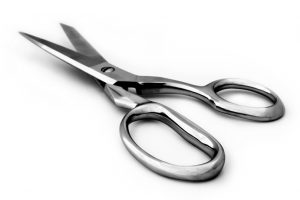
When you play audio or video on your computer, a program called a Media Player is what makes it all happen. If we were to compare it to the old days, a media player is like the cassette player or gramophone, and the audio files you play on your computer are like the cassette or record.
Windows has a media player built in called the Windows Media Player, but this isn’t the only program available for this purpose. Most players work in a similar way and offer functions to control volume, to pause and start the audio as well as jumping to a specific part of the audio.
.png)
VLC player is an alternative player that can also play almost any video format as well, including some that Windows Media Player can’t play. Go to www.videolan.org to download and install this player for free. With VLC installed, you will have two players available. To play an audio file with one or the other, right click the audio file, select Open With and choose the one you wish to use.
.png)
If you have multiple audio files you want to play, you can open them all at once and the media player will play them, one after the other. In the Windows Media Player press the ALT key and then select File > Open. In VLC player, select Media > Open File. Next, go to the folder where the audio files are stored, select the ones you want to open, and then click the open button to start playing the files.
.png)
When playing multiple files, Windows Media player will display a list of the files, and in VLC player you can press the CTRL and L keys to display the list. Both players give you the option to play the files in the order they were saved, or to mix them up so they don’t play in the same order each time. You can also use the loop option for the media player to repeat the audio file once it has finished playing.
.png)
If the audio volume is too low, make sure the volume on the player is set to high, and also check the volume control on your laptop – this is a speaker icon located next to the time in the bottom right hand corner. Desktop computers usually require external speakers, and the quality and volume of the audio from your laptop can be greatly improved with external speakers.







